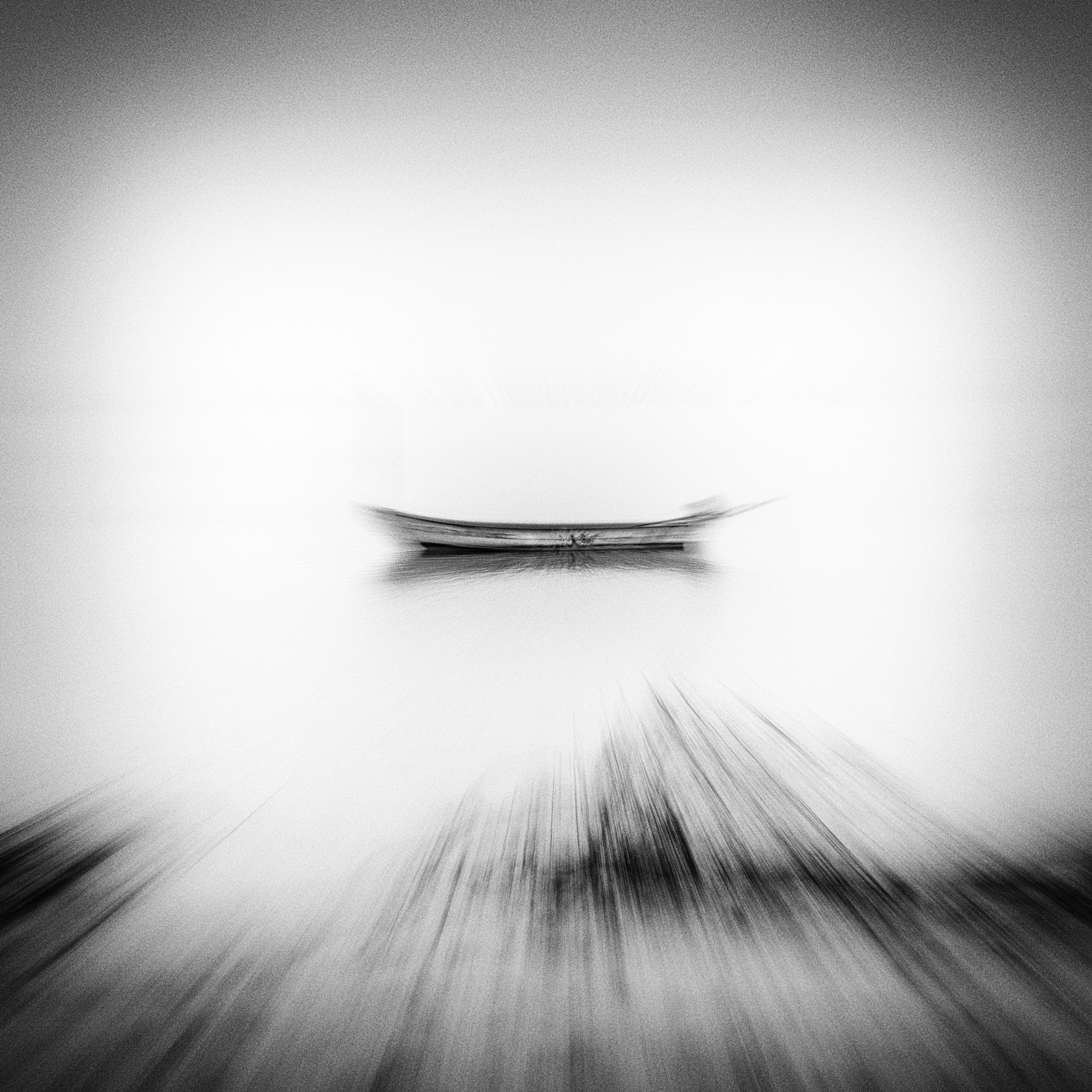Where the land fades into the ocean: Rameshwaram and Dhanushkodi
- Samprathi Karthik
- May 11
- 3 min read
Updated: May 21

There are moments in life when the noise inside you grows louder than anything the world can offer. Just after the second wave of COVID, I found myself in such a place—adrift after a personal loss, wrapped in days that bled into nights, where even familiar walls felt unfamiliar. I didn’t want to run away. I just needed to breathe again.
I don’t know why Rameshwaram came to mind. Maybe it was the stories of Rama’s penance, the whispers of resilience and redemption. Or maybe I just needed to stand at the edge of land and look into the sea, hoping to find something that could steady me.
I packed light—just essentials and my camera—and boarded a bus to Madurai. The road stretched on, the wheels humming a kind of lullaby. Outside, landscapes shifted in silence. Inside, so did I.
Visit to Meenakshi temple at Madurai
Madurai greeted me with its familiar chaos: honking autos, flower sellers, a rush of color and life. I spent the day at the Meenakshi Temple, and no photo I’d seen before could have prepared me for the real thing. Its towering gopurams were alive—sculptures blooming skyward, each one a story frozen in stone. I stood there, small and stilled.
Inside the temple, time moved differently. Jasmine, camphor, and the low chant of prayers filled the air. Shadows danced beneath flickering lamps. The story of Meenakshi—born with three breasts, destined to meet Shiva—wasn’t just a legend here; it lived in every carved wall and every silent gaze of the devotees.
The next morning, I left for Rameshwaram
The road ran flat, skimming salt pans and slivers of sea. A little girl sat next to me, bursting with questions about bridges and ghost towns. Her father smiled, patiently. She reminded me of something I hadn’t felt in a long time—lightness.
After checking into a modest hotel, I rented a bike. Rameshwaram welcomed me with wind and open roads. My first stop was the Ramanathaswamy Temple, home to the sacred Spatika Lingam. Here, myth and memory walked side by side. They say even Lord Rama paused here after Lanka, seeking forgiveness. As I walked its endless stone corridors, a kind of hush settled inside me.

For the rest of the day, I rode aimlessly—watching fishermen mend nets, sipping tea at roadside stalls, trading smiles with strangers. Rameshwaram didn’t demand attention. It simply was.
Pamban bridge

The next afternoon, I rode toward the Pamban Bridge. It rose like a steel poem over shifting tides, lifting slowly for a passing ship. I stood there with my camera, the gulls circling above, the sea whispering below. Later, I visited Villoondi Theertham and the Dr. A.P.J. Abdul Kalam Memorial—both quiet tributes, one to water, the other to wisdom.
Dhanushkodi: the ghost town

On my fourth morning, I rode out early. The road stretched straight, the sea flanking both sides like twin guardians. Dhanushkodi, once alive with prayer and commerce, was now a ghost town—its churches crumbled, its railway silenced. In 1964, a cyclone swept it all away. Now, the winds carried only memories.
I wandered the ruins in silence. The sea on both sides was calm but indifferent. The place wasn’t haunted—it was hushed, dignified. Time had done what it always does: kept moving.
I sat there as the sun dipped low, painting the sky in soft oranges and slate greys. I didn’t take many pictures. I didn’t need to.
On my last morning, I visited the temple once more. No checklist. No plan. Just a quiet walk, a whispered prayer, and a thank you—for whatever shift had begun in me.
The road back home was unchanged. But I wasn’t. The weight I carried still sat with me, but it no longer asked for struggle. It had become a story I could hold gently, a chapter—not the whole book.
-----
Here are a few images I made during my visit:





























Comments